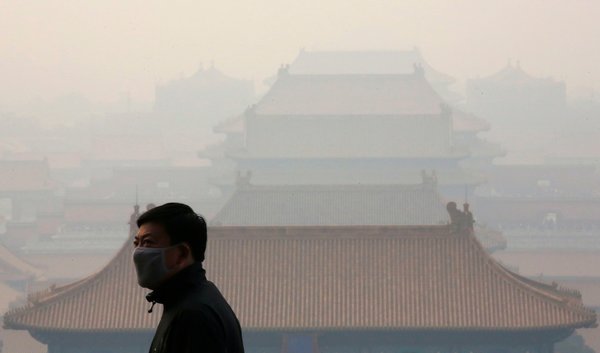Climate Stabilization Wedges in Action: A Systems Approach to Energy Sustainability for Hawaii Islan
时间:2009-04-06 阅读: 我要评论:
Formerly at the Program in Environmental Engineering and the Center for Industrial Ecology, Yale University; currently at PA Consulting Group.
, ‡The Center for Industrial Ecology.
Abstract
Pacala and Socolow developed a framework to stabilize global greenhouse gas levels for the next fifty years using wedges of constant size representing an increasing use of existing technologies and approaches for energy efficiency, carbon free generation, renewables, and carbon storage. The research presented here applies their approach to Hawaii Island, with modifications to support local scale analysis and employing a “bottom-up” methodology that allows for wedges of various sizes. A discretely bounded spatial unit offers a testing ground for a holistic approach to improving the energy sector with the identification of local options and limitations to the implementation of a comprehensive energy strategy. Nearly 80% of total primary energy demand across all sectors for Hawaii Island is currently met using petroleum-based fuels. The Sustainable Energy Plan scenario included here presents an internally consistent set of recommendations bounded by local constraints in areas such as transportation efficiency, centralized renewable generation (e.g., geothermal, wind), reduction in transmission losses, and improved building efficiency. This scenario shows that the demand for primary energy in 2030 could be reduced by 23% through efficiency measures while 46% could be met by renewable generation, resulting in only 31% of the projected demand being met by fossil fuels. In 2030, the annual releases of greenhouse gases would be 3.2 Mt CO2-eq/year under the Baseline scenario, while the Sustainable Energy Plan would reduce this to 1.2 Mt CO2-eq/yearan annual emissions rate 40% below 2006 levels and 10% below 1990 levels. The total for greenhouse gas emissions during the 24-year study period (2007 to 2030) is 59.9 Mt CO2-eq under the Baseline scenario and 32.5 Mt CO2-eq under the Sustainable Energy Plan scenario. Numerous combinations of efficiency and renewable energy options can be employed in a manner that stabilizes the greenhouse gas emissions of Hawaii Island.
本栏目最近更新
特别声明:本文转载仅仅是出于传播信息的需要,版权归原作者所有,并不意味着代表本网站观点或证实其内容的真实性; 如其他媒体、网站或个人从本网站转载使用,须保留本网站注明的“来源”,并自负版权等法律责任; 作者如果不希望被转载或者联系转载稿费等事宜,请与我们接洽:service#environmentor.cn(请将#改为@)。
来源: 作者: (环境人 Environmentor.Cn)





